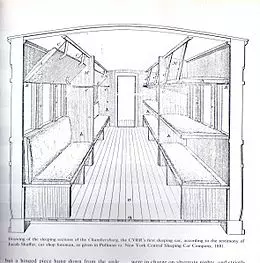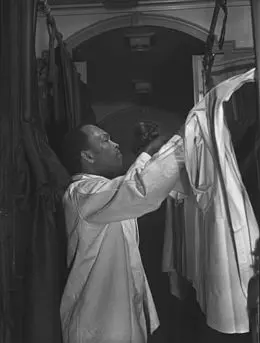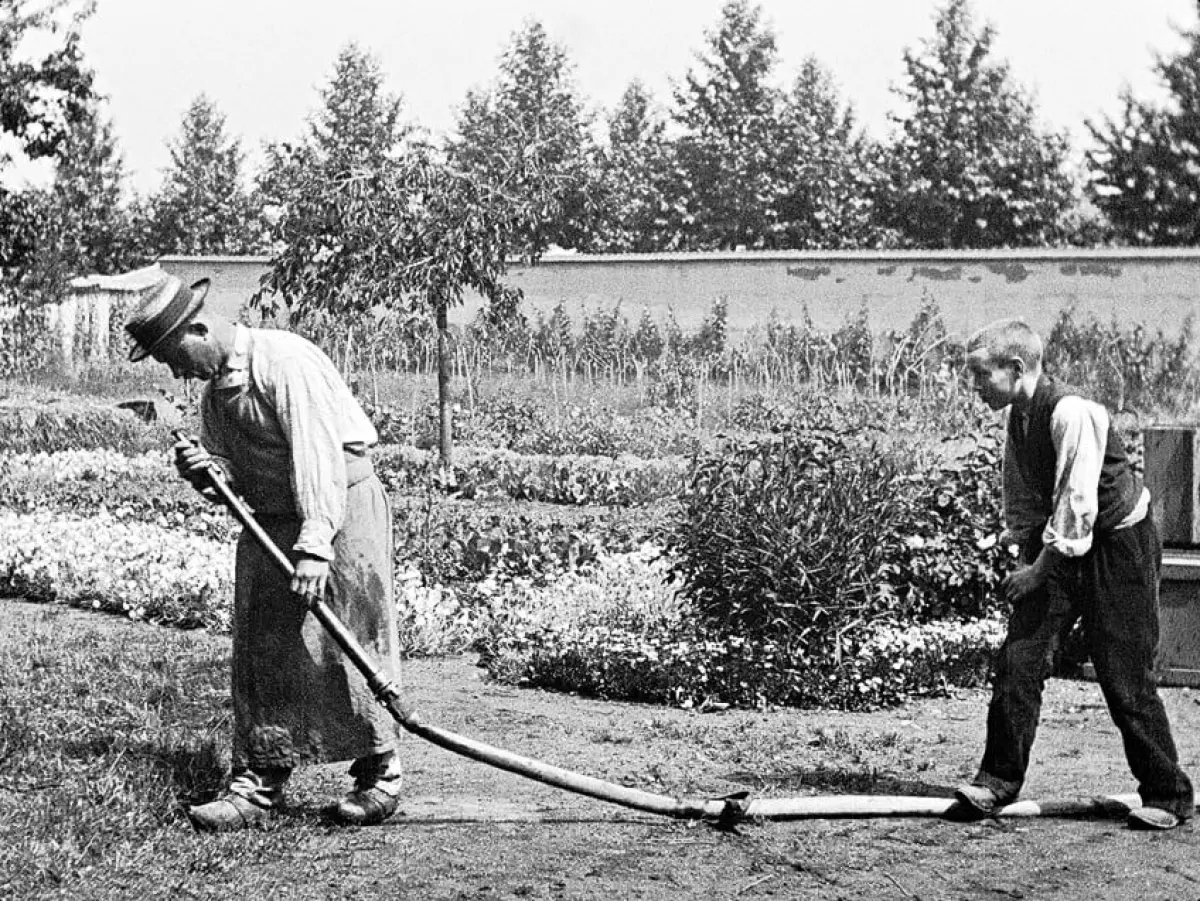 Image: Pullman sleeping car, original to the William Crooks locomotive, on display in Duluth, Minnesota
Image: Pullman sleeping car, original to the William Crooks locomotive, on display in Duluth, Minnesota
Have you ever wondered about the history of sleeping cars on trains? These unique railway passenger cars have provided a comfortable way for travelers to rest during long journeys. In this article, we'll delve into the fascinating history of sleeping cars, from their early beginnings to the present day.
The Early Days
The concept of sleeping cars can be traced back to the 1830s when the first such cars were used on American and English railways. These early sleeping cars could be converted for coach seating during the day. However, it wasn't until 1838 that the first dedicated sleeping car, known as the "bed carriage," was introduced on the London & Birmingham and Grand Junction Railways in England[^1].
Innovation in America
The United States quickly embraced the idea of sleeping cars. In 1839, the Cumberland Valley Railroad launched sleeping car service between Chambersburg and Harrisburg, Pennsylvania, with the pioneering "Chambersburg" car. A few years later, the "Carlisle" car joined the service[^2][^3].
 Image: The first American sleeping car, the "Chambersburg" started service on the CVRR in 1839.
Image: The first American sleeping car, the "Chambersburg" started service on the CVRR in 1839.
In 1857, the Wason Manufacturing Company of Springfield, Massachusetts introduced America's first specifically designed sleeping car[^4][^5]. Canadian railways also adopted sleeping cars, with the Grand Trunk and Great Western railways introducing their own versions[^6].
The Era of George Pullman
However, it was George Pullman who revolutionized the sleeping car industry in the United States. In 1865, he built the luxurious "Pioneer" sleeping car, which marked the beginning of the Pullman Company's dominance in the industry. The Pullman Company owned and operated most sleeping cars in the United States until the mid-20th century[^7].
During the peak years of American passenger railroading, several all-Pullman trains existed, including the famous "20th Century Limited," "Broadway Limited," "Panama Limited," and "Super Chief"[^7].
 Image: Interior of a Pullman car on the Chicago and Alton Railroad, configured for daytime operation
Image: Interior of a Pullman car on the Chicago and Alton Railroad, configured for daytime operation
Pullman cars were known for their distinctive green color and carried individual names. They provided a luxurious travel experience for passengers, and many of the cars were operated by the various railroads in partnership with Pullman[^9].
The Cultural Impact of Pullman Porters
The rise of Pullman cars had an unintended impact on civil rights and African-American culture. Pullman cars were staffed by uniformed porters, with a majority being African Americans. The job of a Pullman porter offered better pay, job security, and travel opportunities compared to other jobs available to African Americans at the time[^8].
Pullman porters fought for political recognition and were eventually unionized, leading to their important role in the early Civil Rights Movement. They also played a significant role in communication, acting as a means of spreading news and cultural information. Pullman porters facilitated the distribution of jazz and blues music by reselling phonograph records bought in major cities[^9].
Evolution of Sleeping Car Accommodations
The design of sleeping cars has evolved over time. The most common type of sleeping car in North America during the mid-19th to mid-20th centuries was the "open section." Open-section accommodations consisted of pairs of seats that could be converted into bunk beds[^10].
As travel preferences changed, more private rooms were introduced. Roomettes, compartments, double bedrooms, and drawing rooms became popular options, offering more comfort and privacy for passengers[^10].
 Image: Open section accommodations of a Pullman car in day mode from the 1950s.
Image: Open section accommodations of a Pullman car in day mode from the 1950s.
Today, modern sleeping cars offer a range of accommodations, from single-person roomettes to larger compartments for families. Some trains even feature accessible bedrooms for passengers with disabilities[^10].
Sleeping Cars Around the World
Sleeping cars are not unique to North America. They have been an essential part of train travel in many countries.
Europe
In Europe, the Compagnie Internationale des Wagons-Lits, also known as the International Sleeping Car Company, played a significant role in the development and operation of sleeping cars. The famous Orient Express and other luxurious trains were operated by this company[^11].
While sleeper trains have faced competition from high-speed day trains and budget airlines, there has been a recent resurgence in their popularity. Countries like Germany, Austria, France, and Switzerland have invested in expanding their night train networks, connecting major European cities[^11][^12][^13].
Asia
China has taken sleeper trains to the next level with high-speed CRH trains equipped with sleeping berths. These trains offer unprecedented speed and comfort, reaching speeds of up to 250 km/h (160 mph)[^23][^24].
India also has an extensive network of sleeper trains, with various classes of accommodation to suit different budgets and preferences[^26].
Oceania
Australia offers sleeper car services on its transcontinental trains, such as the Indian Pacific and The Ghan. These trains provide a unique way to explore the vast Australian landscape in comfort[^31].
Conclusion
Sleeping cars have a rich history and have played a pivotal role in making long train journeys comfortable and convenient for travelers worldwide. From their humble beginnings to the modern innovations, these cars have evolved to meet the changing needs and preferences of passengers.
Next time you embark on a train journey, take a moment to appreciate the legacy of the sleeping car and the comfort it provides, connecting you to distant destinations in style.
[Edited for clarity and conciseness]
















